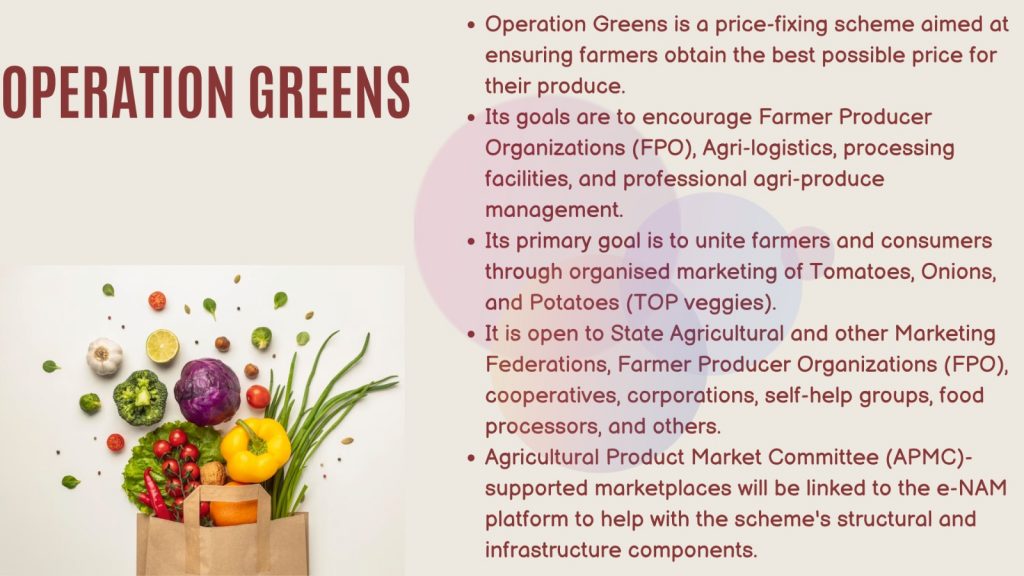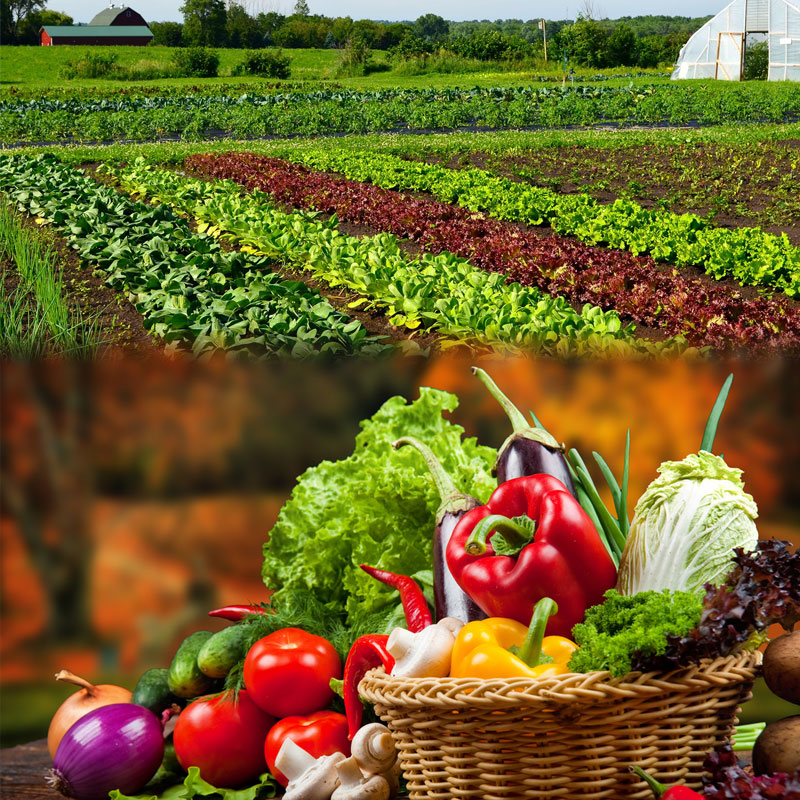News Highlight
Vocal for Local Initiatives in the food processing sector under the Ministry of Food Processing Industries (MoFPI).
Key Takeaway
- As part of the Ministry of Food Processing Industries’ Atmanirbhar Bharat Abhiyan – Voice for Local Initiative in the Food Processing Sector (MoFPI).
- They implemented the “PM Formalisation of Micro Food Processing Businesses (PMFME) Program,” which was centrally financed.
- Its purpose is to provide financial, technical, and business assistance for establishing and expanding micro-food processing firms in the country.
- The initiative will run for five years, from 2020-21 to 2024-25, costing Rs. 10,000 crores.
- To date, 27,003 loans have been sanctioned in the country under the credit-linked subsidy component of the PMFME Programme, with 5864 loans approved in Maharashtra.
Food Processing
- About
- The transformation of raw components into food or other forms is known as food processing.
- Food processing can refer to natural food manufacturing or adding value to existing food.
- It can refer to converting raw resources into food via various physical and chemical processes.
- Mincing, cooking, canning, liquefaction, pickling, macerating, and emulsification are all part of this procedure.
- To generate appealing, marketable, and, in some situations, life-long food products, clean, harvested crops or butchered and killed animal products are necessary.
- Food processing, on the other hand, can impair the nutritional content of the food and may include toxic additives.
Importance of the Food Processing Sector
- India’s agricultural output is well-known.
- More than half of the Indian population is employed in agriculture.
- If India has a good food processing sector, raw commodities such as wheat or meat can be transformed into food for internal and overseas consumption.
- Food processing plants bridge the gap between farms and industries.
- Food processing companies can potentially absorb many of the agricultural sector’s unemployed people.
- It can boost productivity as well as GDP growth.
- Food processing decreases food waste and contributes to food security.
- Food in the processing stage is exportable.
- This could help us acquire foreign exchange reserves.
- With the present processing levels, the Indian food processing industry has enormous development potential.
Challenges in Food Processing Sector
- Bottlenecks on supply and demand sides
- Due to fragmented holdings, low farm productivity due to lack of mechanisation, high seasonality, and perishability, the marketable surplus is small and dispersed.
- Additionally, inadequate intermediation contributes to a scarcity of raw materials.
- Food processing and exporting are impeded as a result.
- Bottlenecks in the infrastructure
- Inadequate cold chain infrastructure results in more than 30% of farm-gate food loss.
- Due to a lack of all-weather routes and communication, supply is inconsistent.
- There is a large concentration of unorganised parts in the food processing business.
- It represents roughly 75% of all product categories.
- As a result, the current manufacturing system is inefficient.
- Regulatory Gaps
- Various rules govern food safety and packaging, each overseen by a different ministry or department.
- The growth of legislation and administrative delays has resulted in inconsistencies in food safety criteria and norms.
- The increased use of fertilisers, pesticides, and other chemicals has produced food quality problems that should be explored.
- Additionally, safeguards against unfair and harmful practices such as adulteration are essential.
- Low consumer awareness
- Consumer education is important to the country’s better nutritional position.
- Many nutritional, food safety and quality issues are unknown to consumers.
Major Initiatives of Government
- Vision 2015 for Food Processing
- The Ministry of Food Processing Industries (FPI) has funded research to provide a growth roadmap for the food processing sector.
- According to the accepted Vision 2015, perishable processing should be increased from 6% to 20%, and value addition should be increased from 20% to 35%.
- In addition, India’s share of global food commerce should be increased from 1.5% to 3% by 2015.
- National Mission on Food Processing (NMFP)
- The Ministry of Food Processing Industries (MOFPI) introduced a new Centrally Sponsored Programme (CSS) on April 1, 2012.
- National Mission on Food Processing (NMFP) for state/territorial implementation.
- The NMFP proposes the construction of a National Mission as well as State and District Missions.
- The NMFP’s principal purpose is to decentralise the execution of food processing-related programmes to secure significant participation by State Governments/UTs.
- Mega Food Parks
- By bringing together farmers and processors, the Mega Food Park Program attempts to create a method for linking agricultural production to the market.
- Retailers must maximise value addition, reduce waste, enhance farmer income, and generate job opportunities, particularly in rural areas.
- The Mega Food Park Plan is based on the “Cluster” strategy and calls for the creation of cutting-edge support infrastructure.
- A Special Purpose Vehicle (SPV), a corporate body formed under the Companies Act, carries out the Mega Food Park project.

Conclusion
- The Indian food processing business is critical in connecting Indian farmers to customers in both domestic and foreign markets.
- The Ministry of Food Processing Industries (MoFPI) is doing everything possible to attract investment along the whole value chain.
- India’s food processing industry has grown tremendously over the past few decades.
- The surge in working-class wages has given them more money to spend on processed meals.
- Another significant aspect is the shift in food preferences of the working class, which prefers readily available, convenient foods.
- India is a major producer of fruits, vegetables, and other food products.
Pic Courtesy: FPI gov
Content Source: PIB



